Since I live in Spain, I have visited Lisbon several times, and each time, I can’t help but be amazed by the Santa Justa Lift. This tall, iron structure is an unmissable Lisboan sight and a useful way to move between lower and higher parts of the city.
When visiting Lisbon, you can’t miss its striking figure against the city center’s skyline. This elevator isn’t just a means to go from one street level to another; it’s also a symbol of the city.
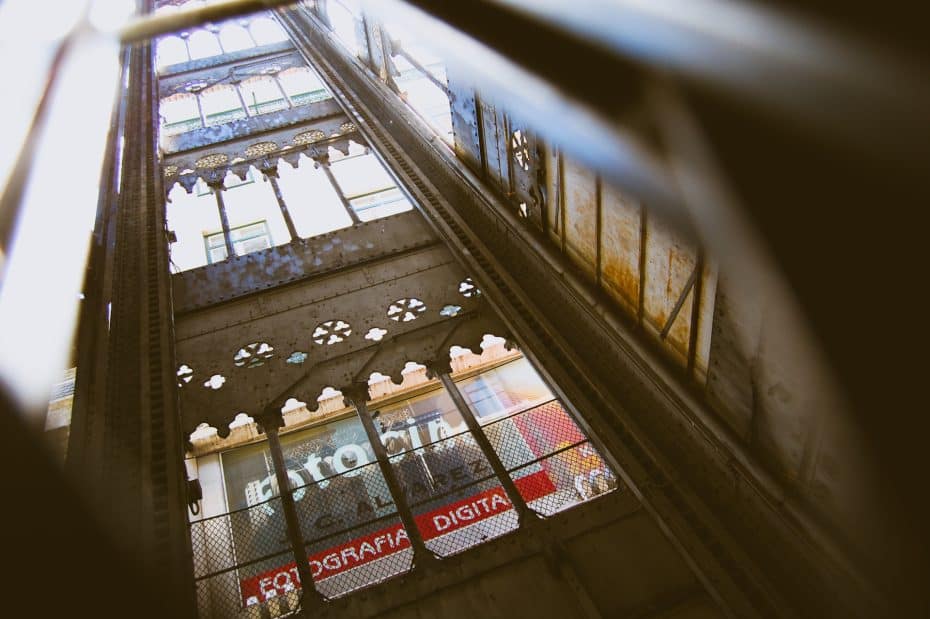
Lisbon is Steep: Historical Overview of the Santa Justa Lift
Lisbon’s topography makes the Portuguese capital a city developer’s worst nightmare.
Historically, its steep and rugged terrain has been one of the main drawbacks to planning an efficient road network and interconnecting the various districts of the old town.
This factor, precisely, was the reason behind the wave of lift building that took place in the late 19th century. These elevators, together with the funiculars and trams, worked as a link between the high and low parts of town and are still used by locals and tourists to get around the city.
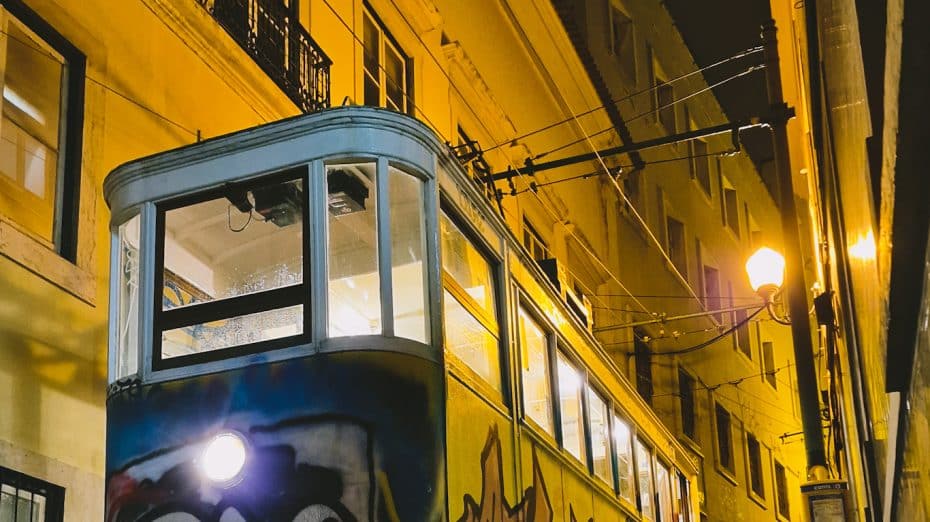
Over time, with the development of the further-reaching and more comprehensive tram and metro networks, elevators lost some importance.
The only survivor from the vertical transportation network of Lisbon, and certainly the most beautiful, is the Santa Justa Lift. A metal structure halfway between a Gothic belfry and the Eiffel Tower.
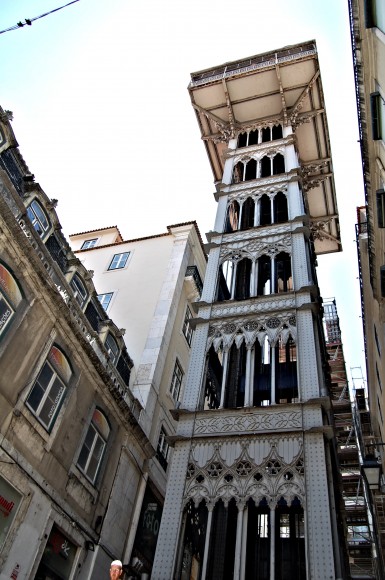
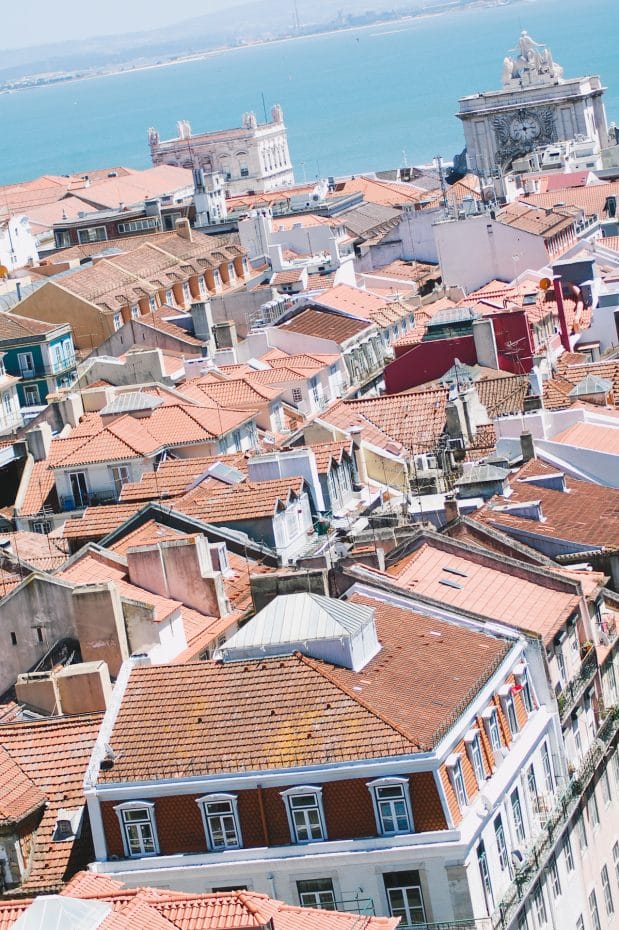
Ascensor de Santa Justa: historia y arquitectura
This emblematic Lisbon attraction consists of a monumental lift for public use that connects the lower center of the city (Baixa) with the Chiado neighborhood, located at the top of one of the hills on which the Portuguese capital sits.
The Santa Justa Lift has been moving people between different levels of the city since the early 1900s. Originally powered by steam and later converted to electricity, this lift was the handiwork of Raul Mesnier de Ponsard, an apprentice of Gustave Eiffel in France. The structure reflects a Neo-Gothic design, characterized by a lavish use of iron and adorned with intricate geometric patterns and elegant flourishes.
The construction of the Santa Justa Lift began in 1900 and opened to the public in 1902. It showcases remarkable engineering and design that were ahead of their time. The lift’s framework is made of iron, which was a favored material in those days for strong structures.
Completing this imposing structure took about two years. It stands tall at 45 meters (15 feet), showcasing not just height but also ingenuity in its elevated walkways connecting to nearby streets. The lift’s cabins were built in wood with brass details and are capable of carrying up to 29 people each trip. This vertical transport solves a practical problem in Lisbon’s topography with a noteworthy blend of utility and design.
In 1901, King Charles and other members of the Portuguese Royal Family attended the opening of the upper deck. However, it was not until the year after when the booth and the elevation steam mechanism were installed. In 1907, the Lisbon Electric Tramway Ltd. replaced the original elevation system to make it a fully electric mechanism.
Currently, Santa Justa is part of the public transport network of the city and is operated by the local transit company, Carris.
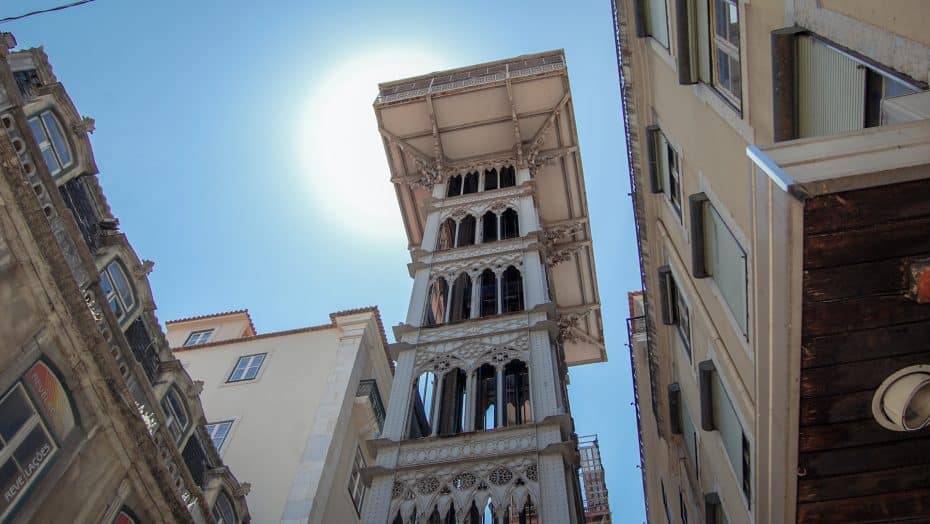
The elevator is a wrought iron vertical structure located at Rua de Santa Justa. It’s basically a metal tower with an observation deck, a walkway, and a base with four columns. It has two separate cabins.
At the top of the tower, there is a souvenir kiosk and an observation deck with panoramic views of Lisbon. Most of the tower’s decoration is made with iron, a material very innovative for its time.
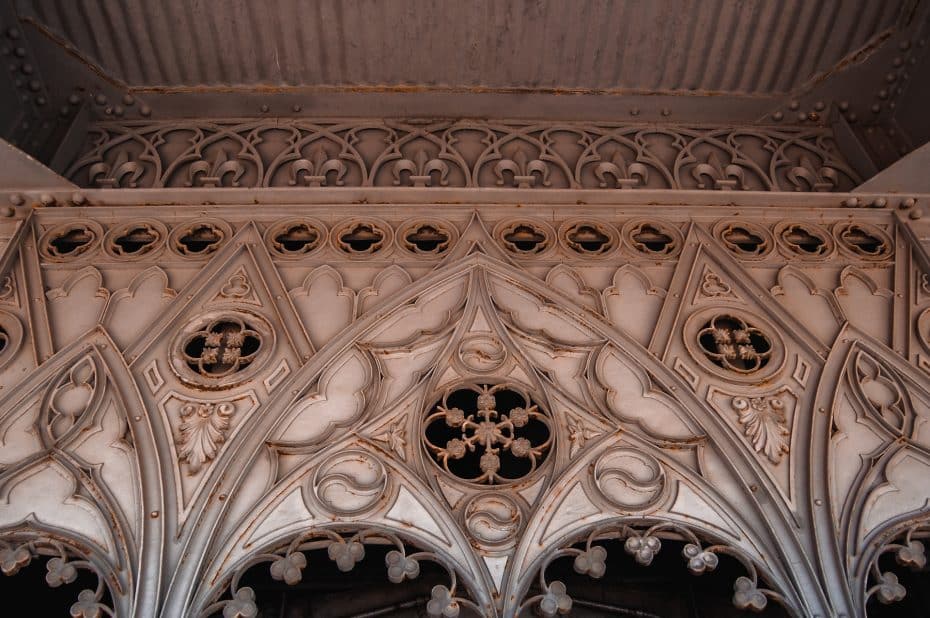
The Santa Justa elevator is one of the engineering milestones of early twentieth century Portugal. At the time, metal structures and elevators were seen as miraculous inventions, result of scientific progress.
Santa Justa Lift: Some of the Best Lisbon Views
Seeing Lisbon from the top of Santa Justa Lift is a sight to remember. You get a clear view of the calm Tajo River as it meets the sea. Old red roofs spread out below.
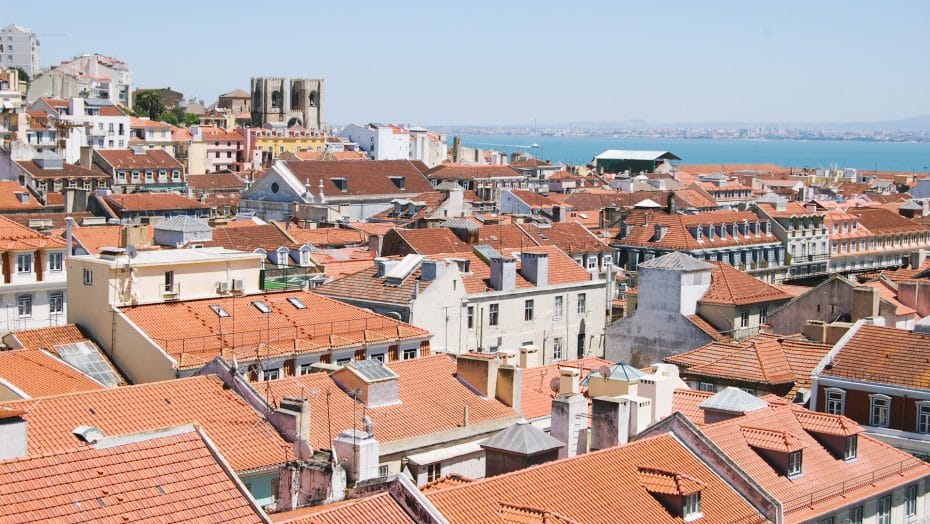
The Carmo Convent ruins are in easy view from here. Look beyond, and green hills seem to hug the city.
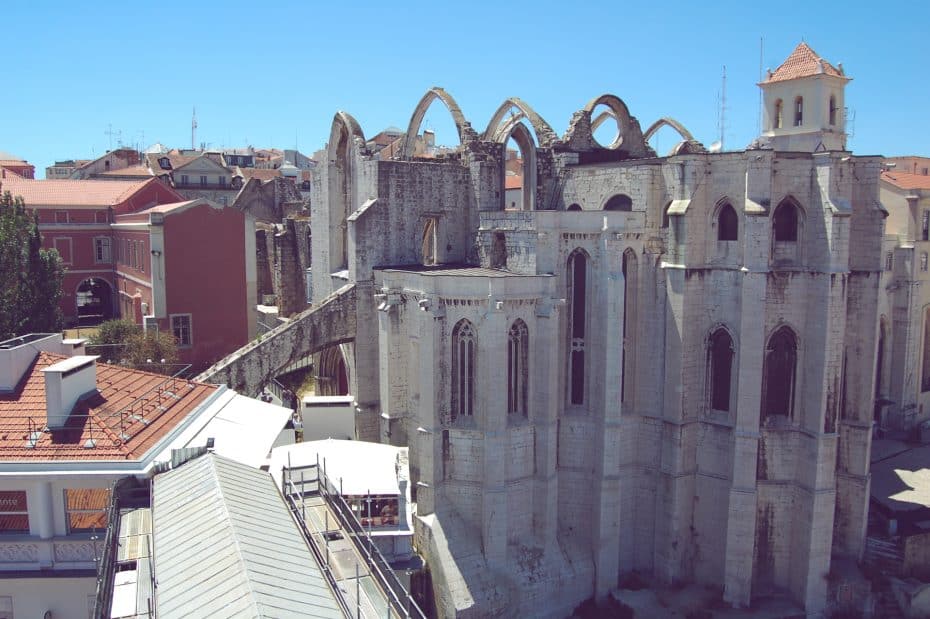
From this viewpoint, architectural wonders greet the eye. The grand São Jorge Castle can be seen from its commanding hilltop position.
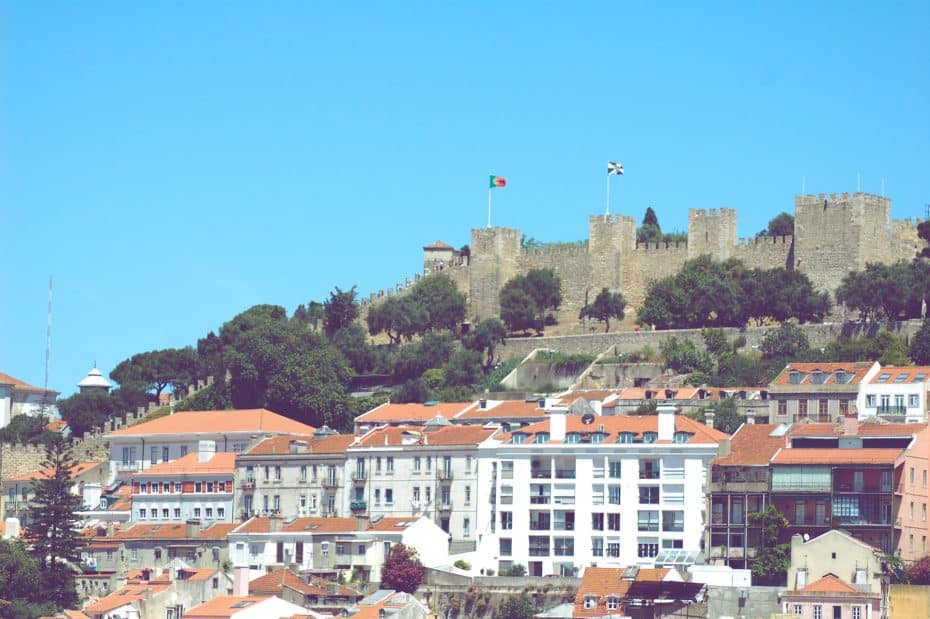
On the other side, the ancient Cathedral and the white dome of Santa Engrácia Church catch the sunlight, shining like beacons over the city’s landscape.
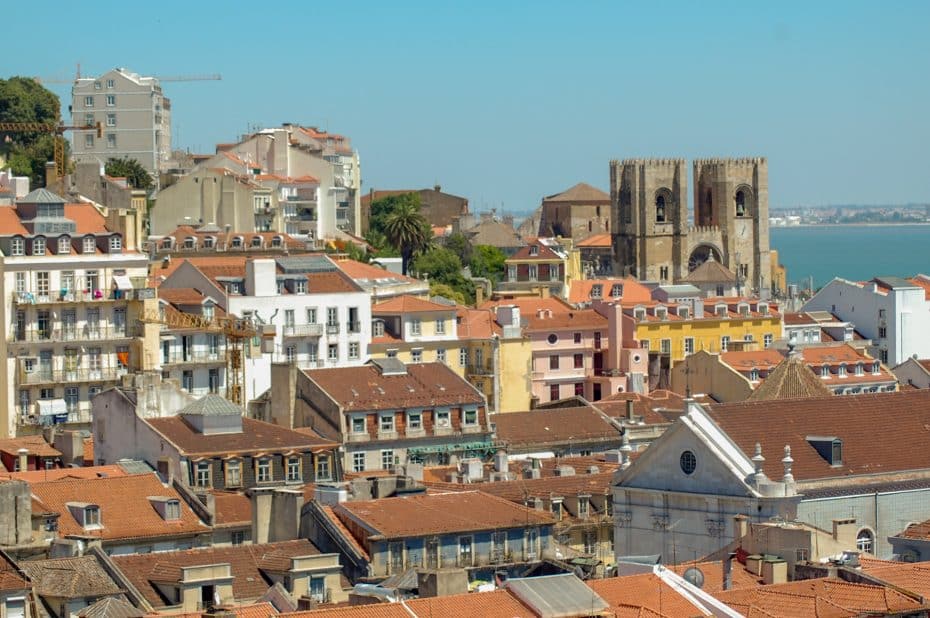
Turn your gaze and find Liberdade Square, another sight from this elevated spot. It looks like a large open space with trees dotted around. You see people as tiny as ants, moving through the square, going about their day. The Liberdade Square area shows off roads stretching like ribbons and cars gliding along them.
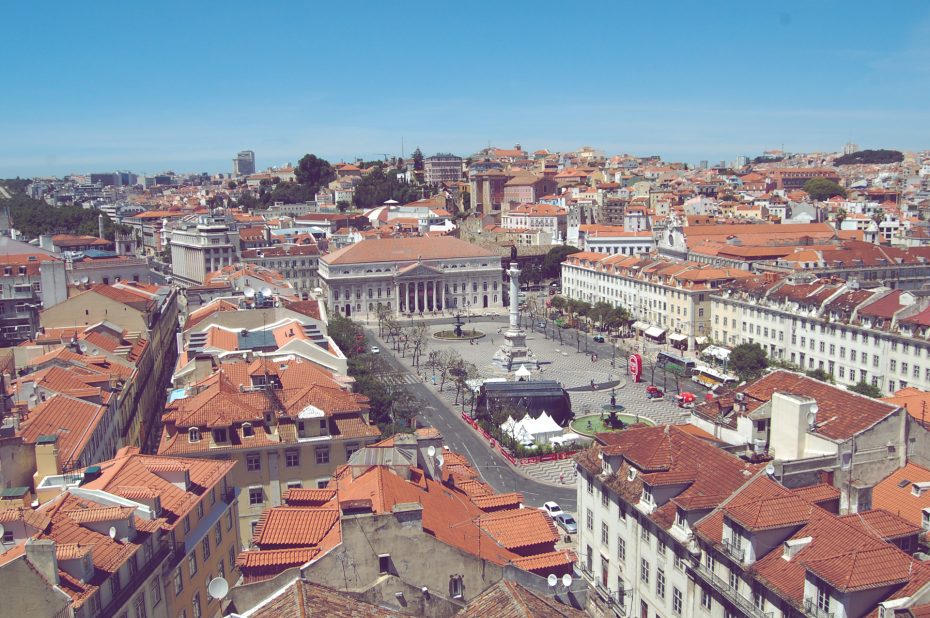
Stand high above the streets and spot the well-known Plaça do Comercio. It is where the river seems to hug the city, and boats look like small toys from this height.
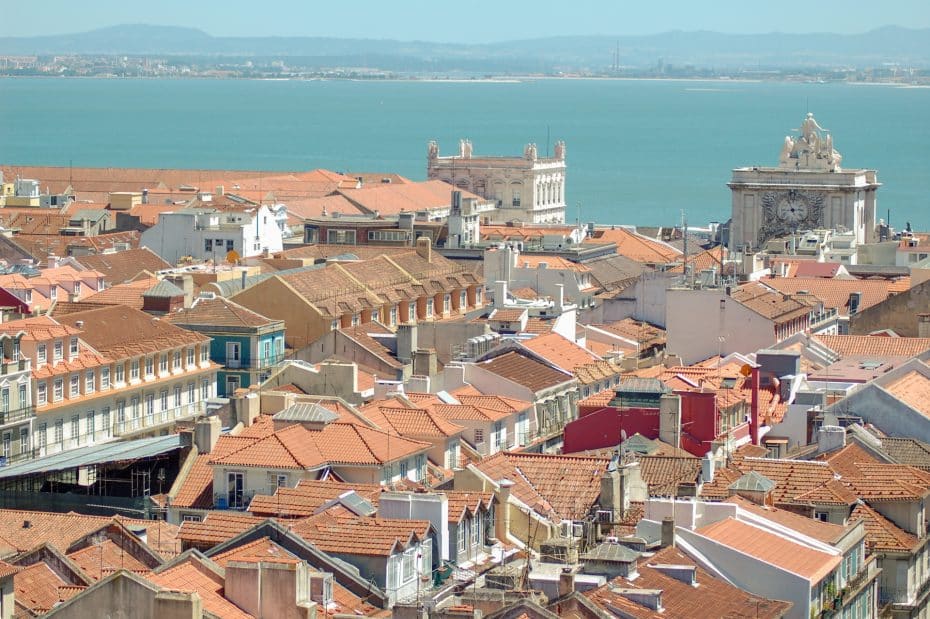
Santa Justa Lift: Useful Information and Tips for Your Visit
- The Santa Justa Lift:
At the heart of Lisbon stands an elevator not like your everyday ride. It’s a work of art from the 1900s that lifts people up, both in spirit and to Carmo Square. - Operation Hours:
It runs from 7 AM to 11 PM in the summer, but it closes an hour earlier in the winter. Planning ahead means less waiting around. - Tickets:
You’ll pay a few euros for a two-way journey unless you have a public transport pass, then you’re all set with no extra cost. - Best Time to Visit:
Early birds beat the crowds, so showing up before 9 AM is smart. Sunsets are busy but offer golden views over Lisbon. - Reaching the Top Another Way:
If you’ve got patience or are on a tight budget, take a little walk on the nearby streets—they lead to the top without needing an elevator ticket. - Enjoying the View:
Get ready for a sight your eyes will thank you for! Upon reaching Carmo Square, a panoramic scene of Lisbon awaits. - How Long to Spend:
Give it about 15 minutes if you’re just there for the ride and view. But if your camera is your best friend, stick around longer. - Accessibility:
This old beauty isn’t wheelchair friendly—those with mobility issues might find it challenging. - Safety Measures:
Keep your belongings close—like any popular spot, it’s loved by pickpockets too. - Nearby Sights:
Don’t just bounce after the lift—there’s more nearby! The ruins of Carmo Convent and Santa Justa’s viewing platform call for attention too.




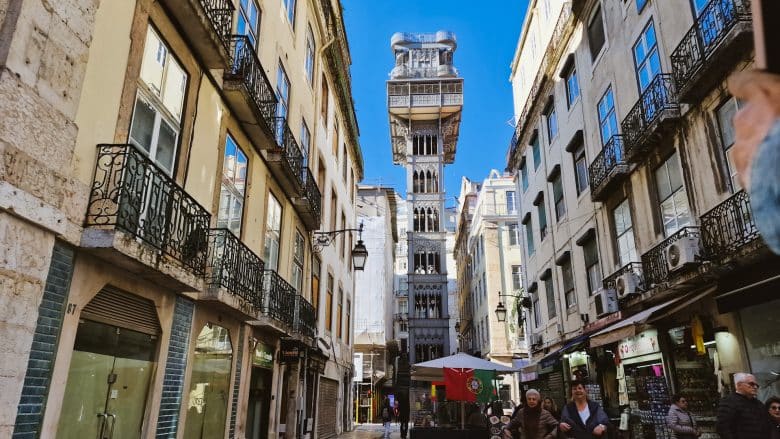
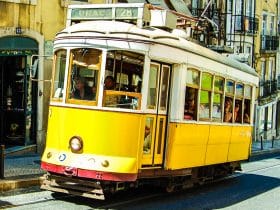
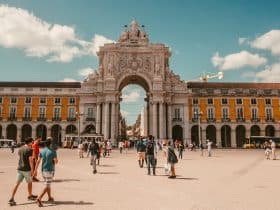

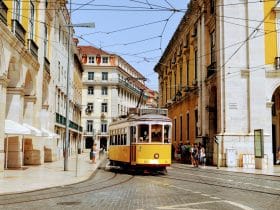



















Leave a Reply
View Comments